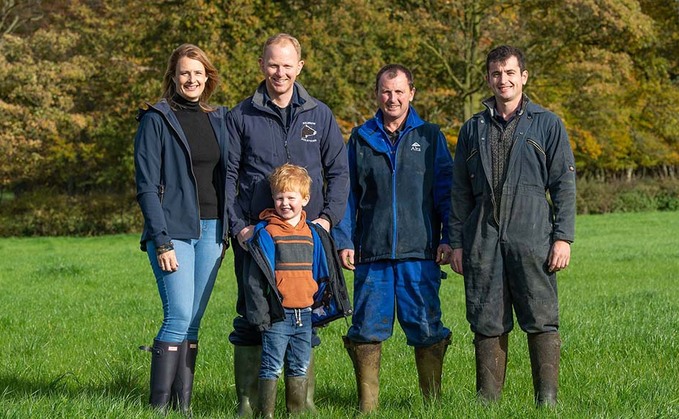
The 2020 National Milk Records/The Royal Association of British Dairy Farmers Gold Cup will be awarded as part of the Dairy-Tech online event early next year and marks the 100th year of the award. Hannah...

The 2020 National Milk Records/The Royal Association of British Dairy Farmers Gold Cup will be awarded as part of the Dairy-Tech online event early next year and marks the 100th year of the award. Hannah...